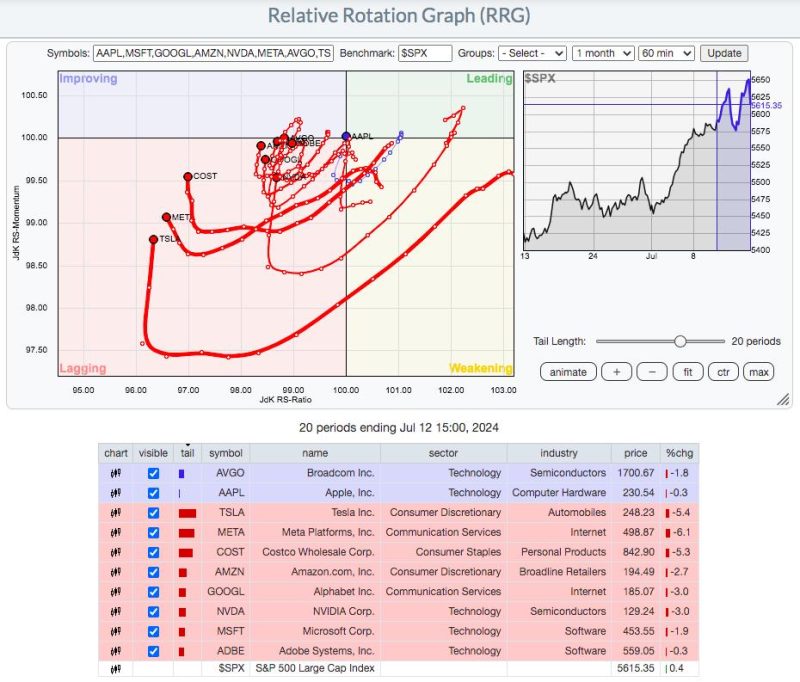The stock market has always been a reflection of economic trends and investor sentiments. In recent times, the S&P 500 has been setting new record highs, with a significant portion of this growth attributed to value stocks rather than growth stocks. This deviation from the norm has sparked conversations and debates among analysts and investors about the reasons behind this trend.
One of the primary reasons for the S&P 500’s record highs driven by value stocks is the current economic landscape. The advent of the COVID-19 pandemic brought about significant disruptions to global economies, leading to a shift in investor preferences. Amidst market volatility and uncertainty, investors have been turning towards value stocks, which are perceived as undervalued assets with strong fundamentals and stable cash flows. These companies often have solid balance sheets, consistent dividend payouts, and resilient business models that have stood the test of time.
Additionally, the Federal Reserve’s monetary policy measures have played a crucial role in supporting the value stocks’ rally. The central bank’s efforts to maintain low-interest rates and provide ample liquidity in the financial markets have incentivized investors to seek out value stocks for higher returns. With growth stocks being more sensitive to interest rate changes and market fluctuations, value stocks have emerged as a more attractive option for risk-averse investors looking for stability and value in their portfolios.
Moreover, the rotation from growth to value stocks can also be attributed to the changing investor sentiment towards tech and high-growth companies. While growth stocks have been the market darlings in recent years, concerns about lofty valuations, regulatory scrutiny, and the potential for market corrections have prompted investors to diversify their portfolios and seek out value opportunities in other sectors such as financials, industrials, and energy. This sector rotation has further fueled the rise of value stocks in the S&P 500 index.
Despite the current surge in value stocks, it is essential for investors to exercise caution and conduct thorough research before making investment decisions. While value stocks offer stability and long-term growth potential, they are not immune to market risks and economic uncertainties. Diversification, risk management, and a long-term investment horizon remain critical factors in navigating the dynamic landscape of the stock market.
In conclusion, the S&P 500’s record highs driven by value stocks underscore the importance of diversification and fundamental analysis in constructing a resilient investment portfolio. As economic conditions evolve and market dynamics shift, staying informed, adaptable, and disciplined in investment strategies will be key to navigating the ever-changing landscape of the stock market. The dominance of value stocks in driving the S&P 500’s growth signifies a shift in investor preferences towards stable, undervalued assets with strong fundamentals, paving the way for a well-rounded and balanced approach to investing in the years to come.
